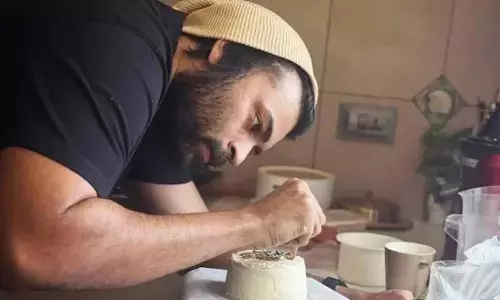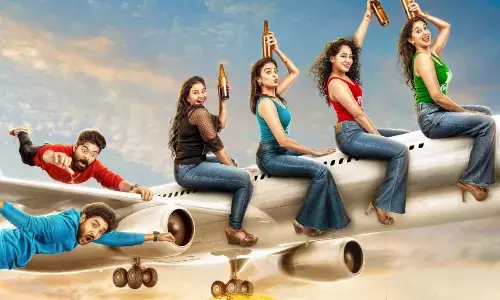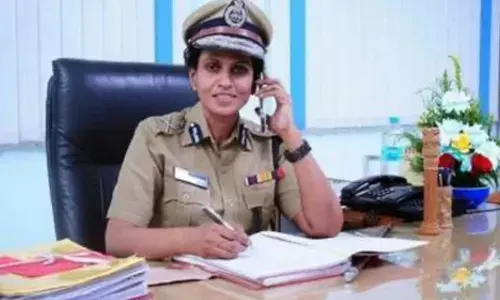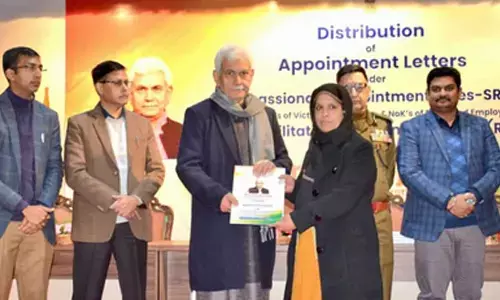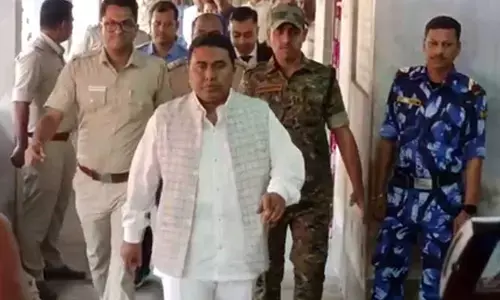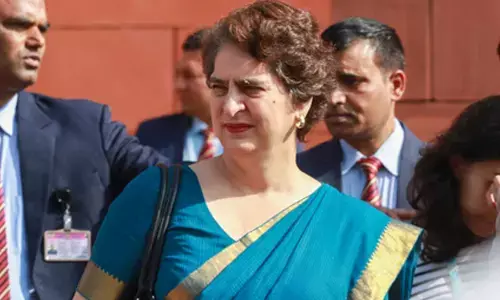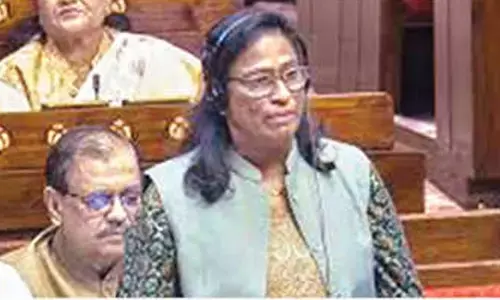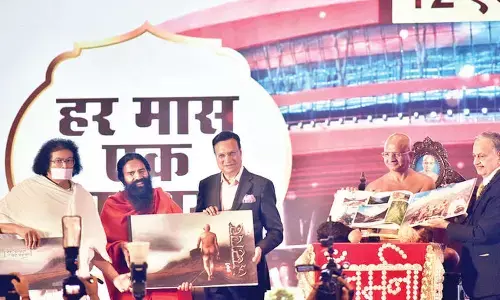NASA astronauts finish spacewalk trilogy for space taxis

NASA astronauts successfully ended their third and last spacewalk on March 1 to reassemble parts of the International Space Station (ISS) and create parking slots for Boeing and Space Exploration Technologies (SpaceX) which will provide commercial space taxis in the near future.
Washington: NASA astronauts successfully ended their third and last spacewalk on March 1 to reassemble parts of the International Space Station (ISS) and create parking slots for Boeing and Space Exploration Technologies (SpaceX) which will provide commercial space taxis in the near future.
The Expedition 42 astronauts Terry Virts and Barry Wilmore ended their spacewalk with the repressurisation of the Quest airlock.
They completed installing 400 feet of cable and several antennae associated with the Common Communications for Visiting Vehicles system known as C2V2.
The five-hour, 38-minute spacewalk was the third for Virts and the fourth for Wilmore.
Virts has now spent 19 hours and two minutes outside during his three spacewalks.
Wilmore now has spent 25 hours and 36 minutes in the void of space during his four excursions.
NASA crews have now spent a total of 1,171 hours and 29 minutes conducting space station assembly and maintenance during 187 spacewalks.
Boeing Crew Transportation System (CST)-100 and the SpaceX Crew Dragon will use the system in the coming years for rendezvous with the orbital laboratory and deliver crews to the space station, the US space agency said in a statement.
The US space agency is all set to perform three spacewalks -- the first one scheduled for Saturday -- to reassemble parts of the International Space Station (ISS) to create parking slots for Boeing and Space Exploration Technologies (SpaceX) -- two commercial space taxis.
NASA has awarded contracts to Boeing and SpaceX to develop, test and fly capsules that can ferry astronauts to and from the station.
According to SpaceX, the upgraded Dragon V2 passenger spacecraft should be ready for an unmanned debut test flight to the station in late 2016 and a crewed test flight in early 2017.
Boeing plans is to dock an unmanned CST-100 test flight to the station in April 2017.
Next Story









